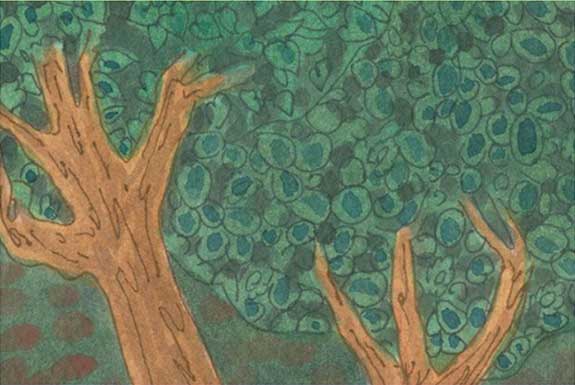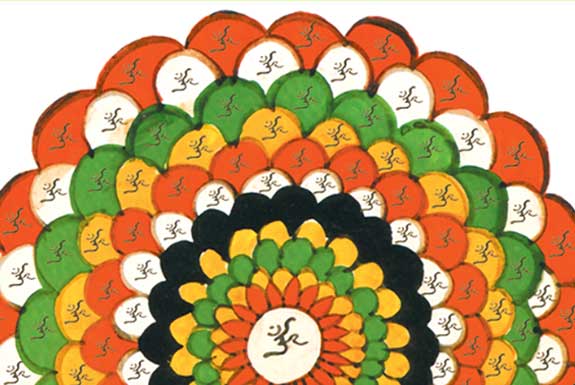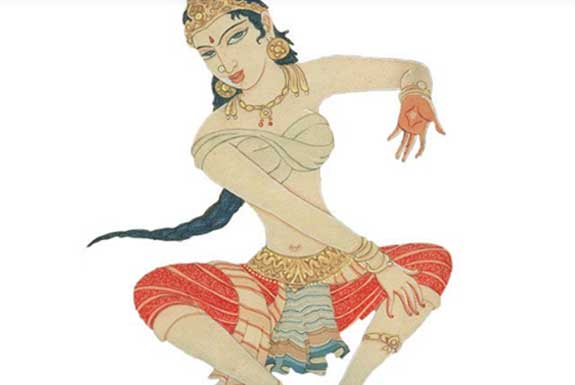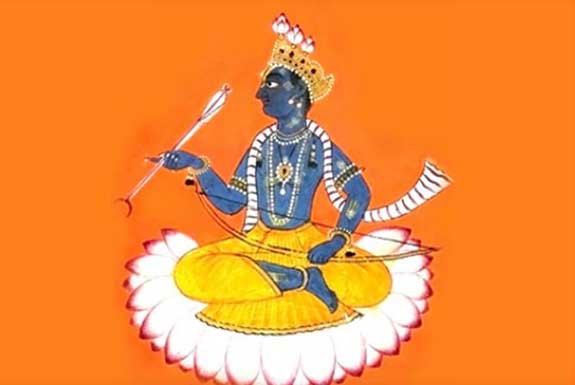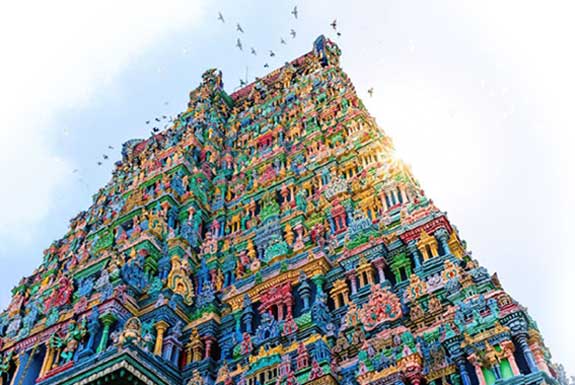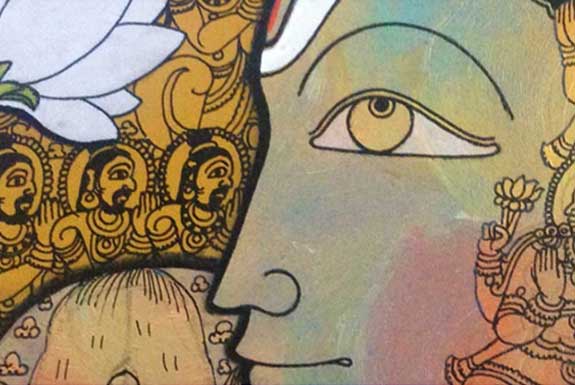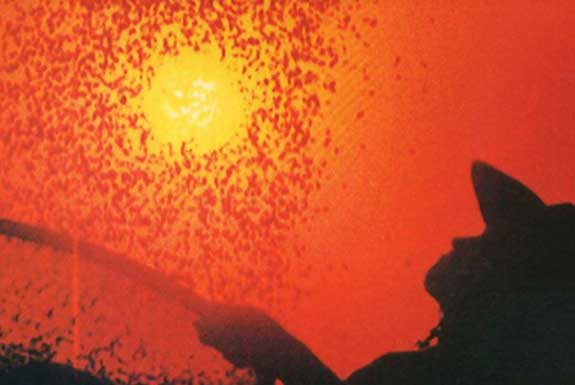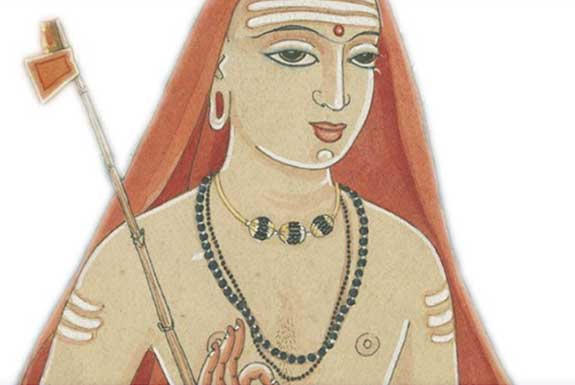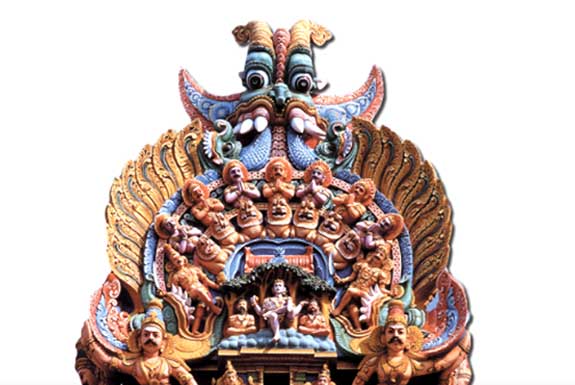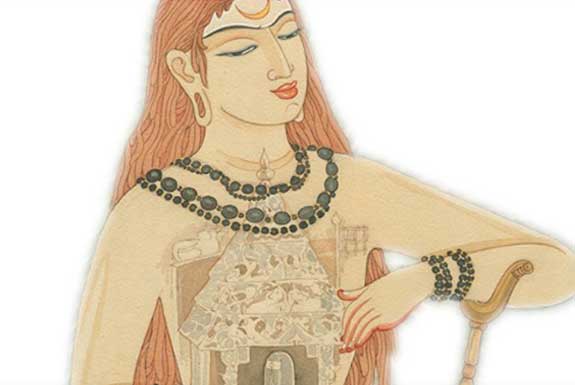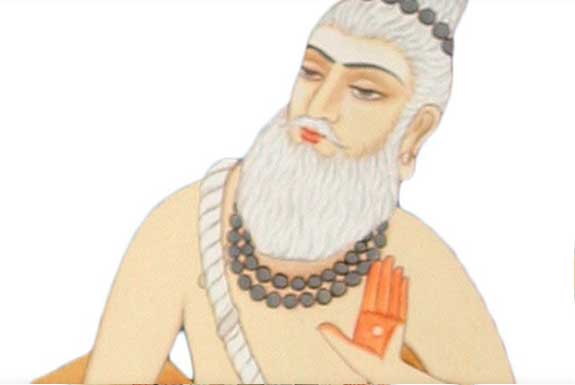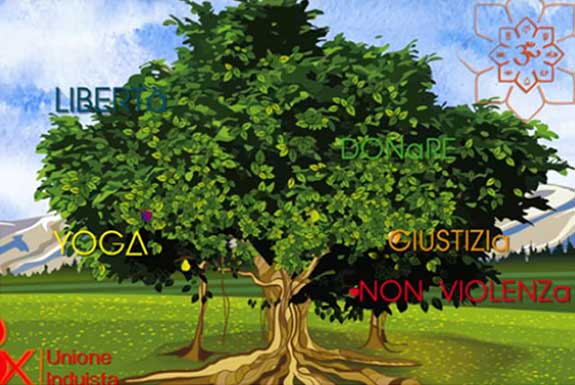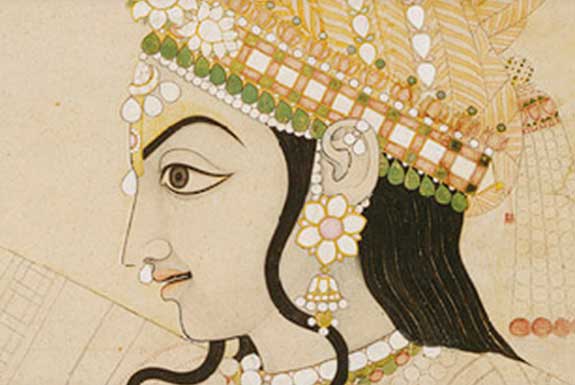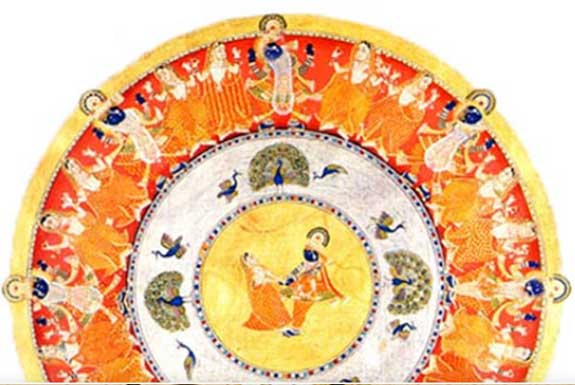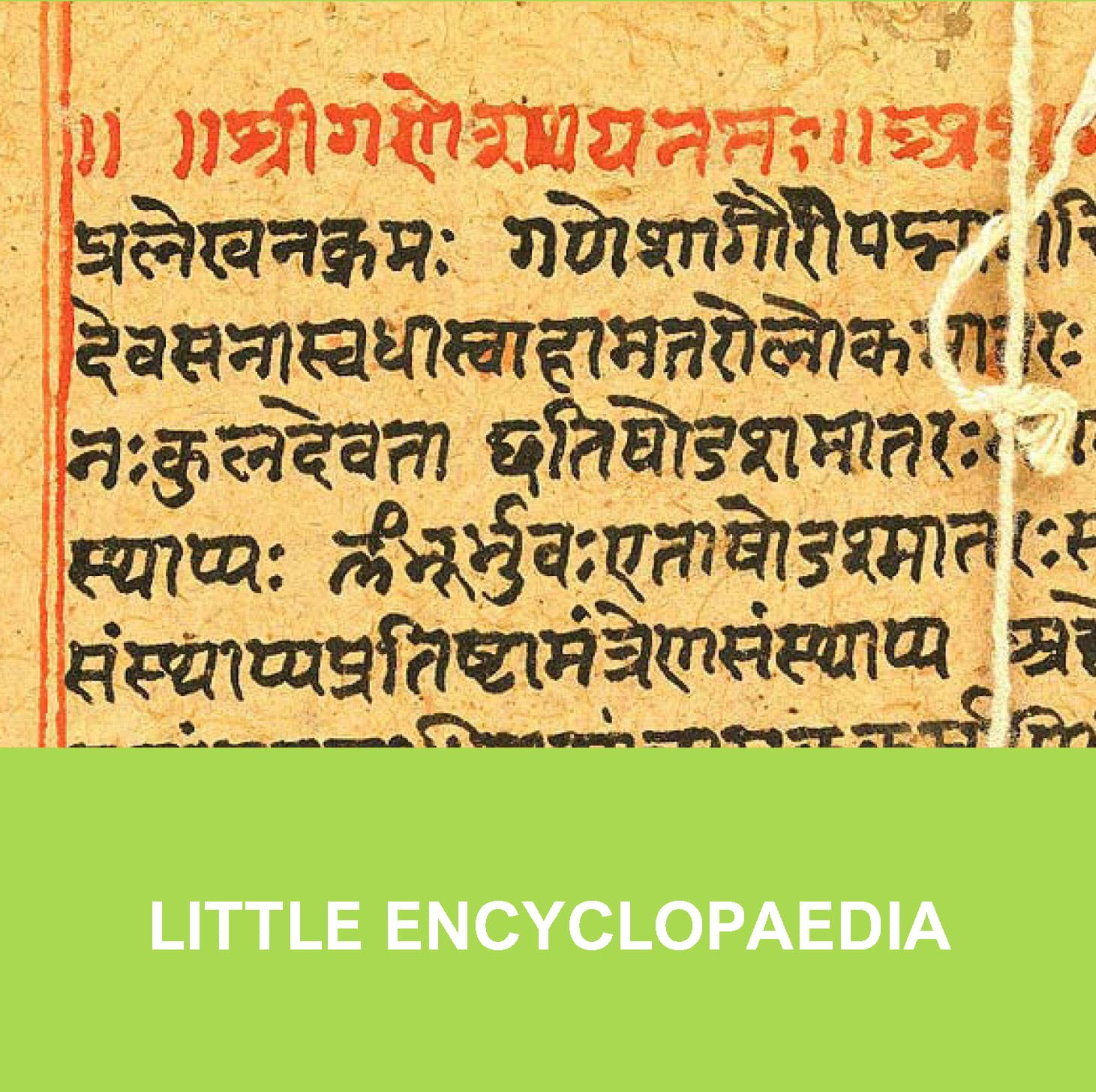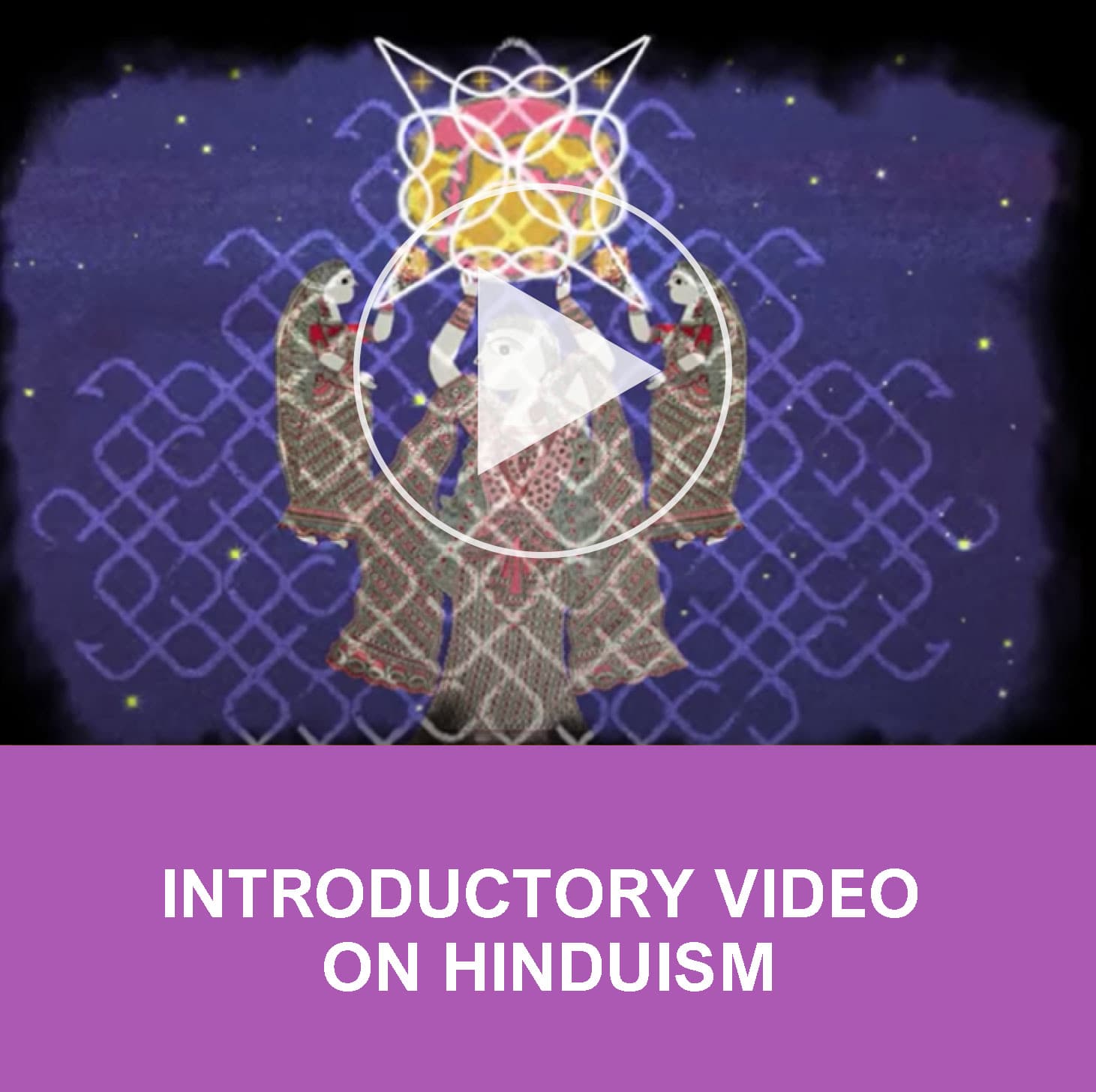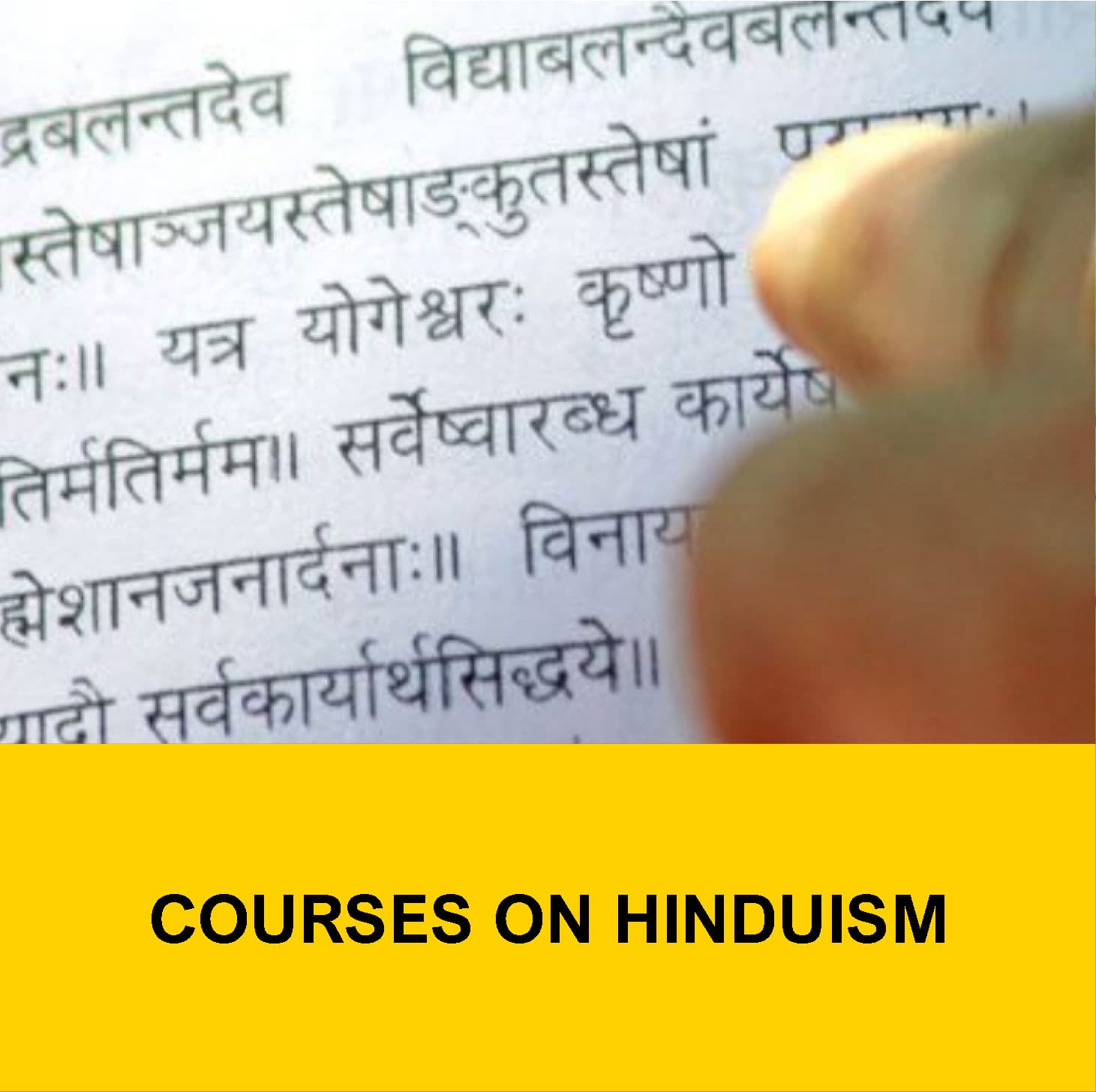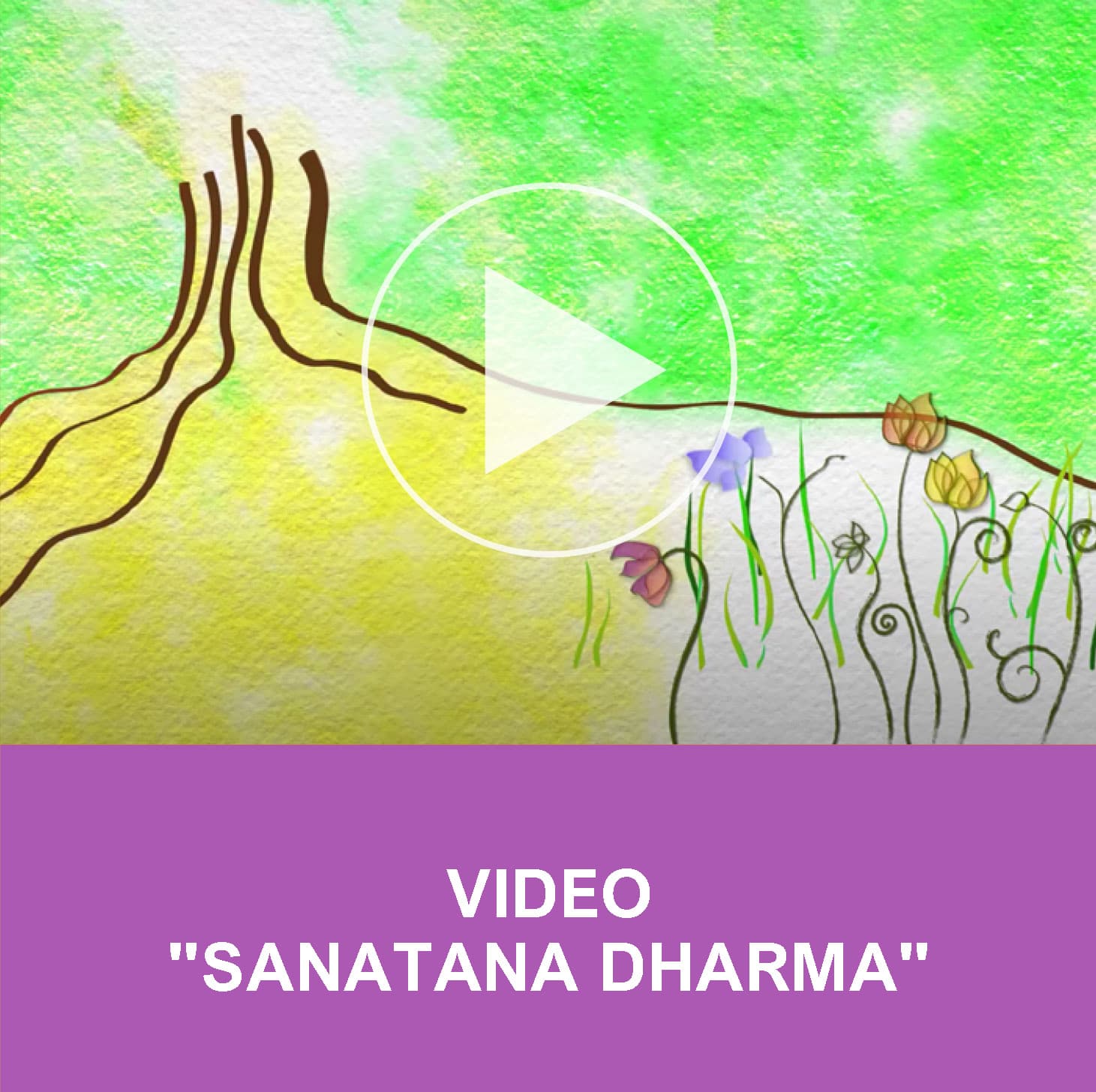LITTLE ENCYCLOPAEDIA
AYURVEDA
Ayurveda is probably the most ancient system of health care. It is based on a deep communion with the spirit of the life itself and a deep knowledge of the movement of the life’s forces in its various manifestations linked to the entire philosophical system.
Ayurveda is not only a medicine, but a real science, it bases itself on the observation of the living beings and their reactions in the environment where they live; it does not consider only individuals, but also food, herbs, feelings, life style, language, climate, everything which is reflected in the environment around us. Ayurveda probably owns the longest clinic experience of all the other medical systems: the history of the ayurvedic clinics and universities is more than 3000 years old. Is a medicine widely popularised in the Eastern countries and, nowadays many people in Europe, United States and Australia apply this ancient system. Ayurveda is a Sanskrit world composed by AYU = LIFE and VEDA = KNOWLEDGE, it is therefore a science that considers life in its entirety. It is not only a method of treatment or preparation of medicinal herbs, but rather a system which considers the individual in his completeness of body, mind, soul and indrya (Senses). It takes care of the psychophysical and spiritual aspects of life. Therefore it can also be defined as an holistic science. Veda are the most ancient written testimony of Knowledge. the words of Veda were carefully memorized in metric verse and transmitted from generation to generation.
The four Veda (Rg Veda, Yajur Veda, Sama Veda, Atharva Veda) have been transmitted in this way for thousands of years and today they are available in a written form. The Rg. Veda is the oldest, in fact it dates back to the 1500 B.C. the Vedic science is a system of spiritual knowledge that includes all aspects of life. It deals with yoga, music, linguistics, astrology, architecture, mathematics, agronomy and many other branches of knowledge.
Although all Veda contain references to Ayurveda, in the Atharva Veda they are much more frequent. At the beginning Ayurveda included only eight disciplines: Kaya Chikitsa, Bala Chikitsa, Bhuta Vidya, Urdhvanga Chikitsa, Shalya, Danshatra, Jara, e Vrista Chikitsa. Later many other branches started to develop. In the ancient time, surgery was very advanced. Dhanvantari is the first Divinity who emerged from the stirring well of the ocean while holding the amrita, the drink that granted immortality, in his hands. As a divine healer he represents the Ayurveda and he is also considered the father of surgery. His disciple Susruta wrote a classical treaty on the plastic surgery, the techniques of rhinoplasty described by Susruta are still today followed by surgeons.


